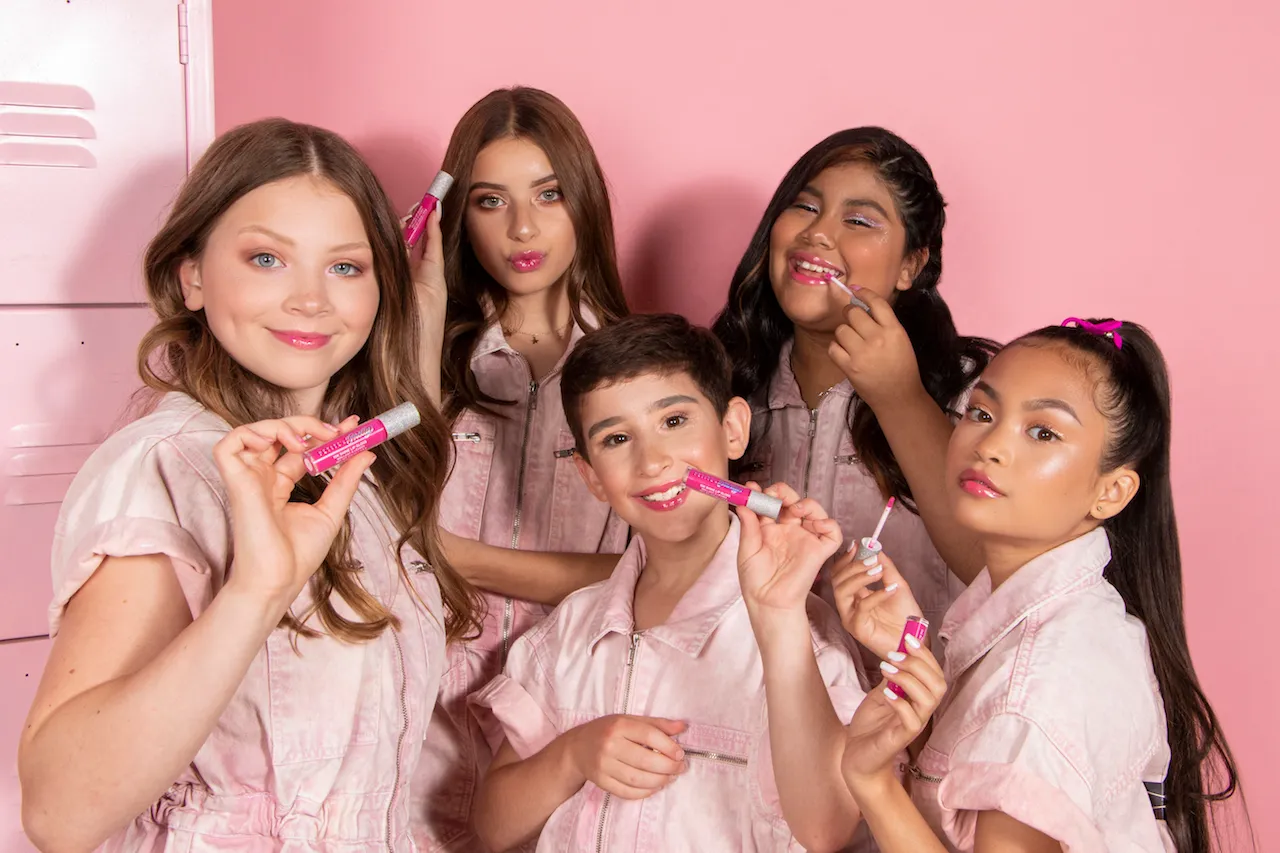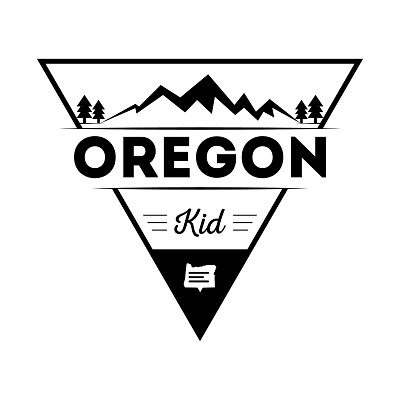
If you have a tween, you’re likely navigating the world of HABA (Health and Beauty Aids). This journey often begins with a simple swipe of lip gloss or a dab of glittery eyeshadow. Suddenly, your tween is asking for a complete skincare routine and a trip to Sephora or Ulta. As they transition into tweenhood, their curiosity about beauty products often blossoms alongside their quest for independence. For many tweens, experimenting with makeup and skincare isn’t just about appearance, but instead it’s an avenue for expression, belonging, and growing up.
Understanding the Why Behind the Want
Makeup and skincare have become mainstream for younger audiences, mainly due to social media, YouTube, and influencer culture. Tween-targeted brands are flourishing with bright packaging and accessible price points that appeal to 9-12-year-olds. However, the interest often goes beyond marketing; it’s about exploring identity and creativity.
Instead of shutting down the conversation, ask open-ended questions to gain insight:
- What draws you to makeup right now?
- Is there someone you look up to who wears it?
- How do you feel when you put it on?
These discussions can deepen your understanding and provide a space for thoughtful guidance. It’s perfectly acceptable to establish rules about where, when, and how your child wears makeup. These boundaries will vary by family, but it’s essential to involve your tween in the conversation so they feel respected and heard. By co-creating guidelines, you’re helping them develop decision-making skills and a sense of responsibility.
Start With Skincare (and Keep It Simple)
Before diving into foundation and contouring, it’s essential to help tweens learn the basics of skincare. Tween skin is still developing, and many advanced products like retinols or acid exfoliants can be too harsh.
A gentle three-step routine is more than sufficient:
- Cleanser (fragrance-free, non-drying)
- Moisturizer (lightweight and non-comedogenic)
- Sunscreen (broad-spectrum SPF 30+)
Framing skincare as an act of self-care, rather than correction, helps tweens build healthy, lifelong habits. Our family worked with our dermatologist. Many products aren’t suitable for children, and since our kids have sensitive skin, we have to consider this when making choices. Just a heads up, most dermatologists are going to recommend CeraVe and Cetaphil for face cleaners and moisturizers. These are excellent options to start as a foundation.
Talk About Marketing and Beauty Standards
Tweens are impressionable, and many beauty brands target them with carefully crafted messages that suggest there’s something they need to “fix”—whether it’s acne, pores, under-eye circles, or simply not looking a certain way. These messages are often subtle but powerful, reinforcing the idea that natural skin isn’t good enough. Helping your child build media literacy is essential during this time, especially as they begin to form their self-image and sense of worth.
One of the most effective tools you can give your tween is the ability to question and decode what they see. Watch ads together and talk through them with curiosity and skepticism, asking thoughtful questions about the ad’s intentions and underlying messages.
Encourage your tween to look at a wide variety of faces and skin types, not just what’s popular on social media or in beauty ads. Follow content creators, influencers, and celebrities who celebrate natural beauty and diversity. Talk about how appearance doesn’t define value, and help them name the things they love about themselves and others that have nothing to do with looks.
By celebrating natural diversity in skin, body types, and appearance, you can help buffer your child against the pressure to conform to unrealistic and narrow ideals. Media literacy isn’t about rejecting beauty or skincare altogether; it’s about making intentional, informed choices and feeling empowered rather than insecure.
Encourage Play, Not Perfection
Makeup can be a fun, artistic outlet. If your tween wants to experiment, then what is the harm in letting them? It’s just makeup; it washes off! Let them explore bright colors and sparkles. Encourage them to try themed looks without the pressure of looking “perfect.” Make it an opportunity for connection: get silly, share stories, or try a look together. This keeps the experience rooted in creativity and self-expression, rather than performance.
One way to play and learn is to go to an expert. Incorporating advice from local beauty experts can enhance your tween’s experience. Mariam Kazemi, owner of Beauty and the Brush, offers valuable insights into makeup techniques and skincare routines tailored for young enthusiasts. You can book an appointment to learn how to apply makeup. Or consider scheduling a session with Jena Sanchez of Magix in the Make Up to have a lesson in how to apply makeup. It can be an excellent opportunity to find out how to use makeup effectively.
Final Thoughts
When tweens express interest in makeup and skincare, it transcends mere appearance — it’s about identity, curiosity, and growing independence. By approaching this journey with empathy, open communication, and shared values, you can help your child explore beauty in a safe, empowering way that fosters self-love. Whether they end up loving makeup, skipping it, or trying it just for a phase, your guidance can lay the foundation for healthy habits and confident choices.

Johanna is married with two kids, three dogs, three cats, one leopard gecko, several chickens, and a few fish. She has been in the Pacific Northwest since the dream was alive in the 90s but has Southern roots and hails from Arkansas. The family spends a lot of time at some sort of sporting event for the kids. Johanna likes to fast craft, garden, host parties, and bake. Johanna and her crew go hard traveling, DIY-ing, and are always up for a new adventure or challenge.
